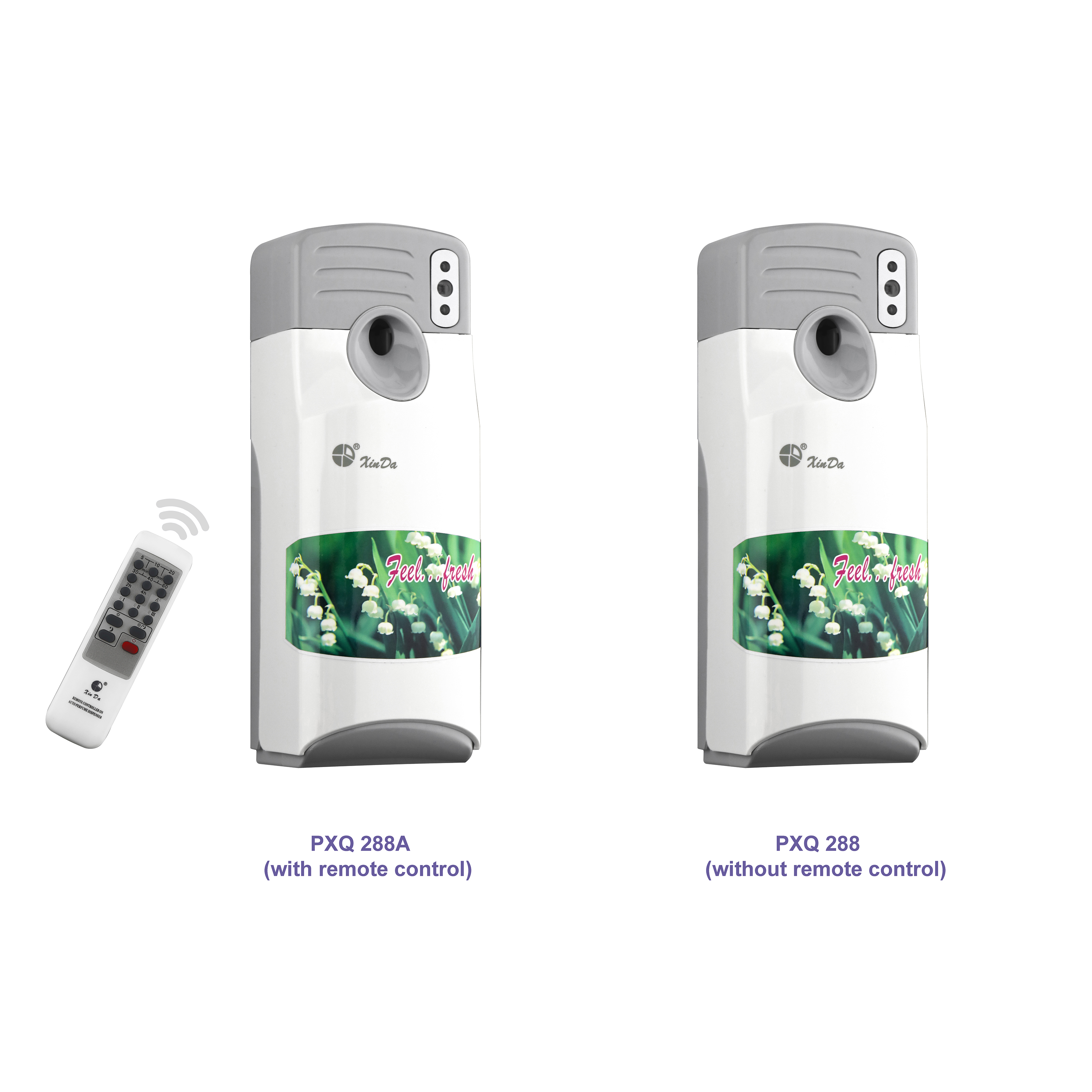1. Seamless connection to mobile devices via Wi-Fi
This article refers to the address: http://
When you apply some gadgets or portable devices, you are accustomed to relying on Wi-Fi technology to connect to other devices or the Internet. Inside the car, Wi-Fi can revolutionize, and analysts expect Wi-Fi-based applications to grow eightfold by 2019. In-car software upgrades and direct push of new features can be easily implemented. The driver can remotely check the car's position, oil level and mileage via smart mobile devices and receive alerts about vehicle performance and diagnostics. Wi-Fi technology also enables seamless transfer of content from mobile devices to car infotainment systems and rear seat displays.
With the recently launched 5G WiFi based on the latest 802.11ac standard, drivers and passengers can easily synchronize content and transfer content from mobile devices to in-vehicle infotainment systems and rear-seat displays. 5G WiFi also enables high-speed connectivity outside of the vehicle, providing Internet and cloud content via LTE telematics services or directly via hotspot connections.
2. Connect to a wearable device via Bluetooth® Smart
Bluetooth has become synonymous with hands-free mobile phones for many years. The revolutionary significance of Bluetooth Smart is the low power consumption of smart mobile devices connected to wireless hardware. Developers have begun to take advantage of this low-power/low-cost connection, and in the near future, we can foresee that smart products will explode and revolutionize our lives.
Bluetooth Smart Ready technology enables products to draw power incrementally, and it will play an irreplaceable role in connecting the car to wearable devices that can monitor driving fatigue, alcohol content and blood sugar levels, etc. Biological characteristics. Nissan recently launched a smart watch called Nismo that accurately monitors vehicle speed, fuel consumption and driver biometrics. Nismo's built-in heart rate monitor records the wearer's pulse and compares it to the current speed. This technology is comparable to biometric technology used by professional racers.
3. Near Field Communication (NFC) for easy device pairing and car rental
NFC technology can be applied not only in mobile payment or contactless transaction related fields, but also in the automotive industry. One of the most straightforward applications of NFC is the easy pairing of cars and mobile devices such as smartphones or tablets. Mobile devices can be synchronized with the car simply by tapping the integrated sensor inside the car.
In addition, NFC will play an important role in implementing digital keys. The auto parts supplier, Continental AG, is testing the technology in an electric car rental fleet. Integrating an NFC reader into the windshield allows the NFC smartphone to exchange data such as authentication, user profiles, and car/diagnostic information. When the reader verifies the authorization information, the engine will start automatically. The mobile app allows users to select and book rental cars, book locations at car charging stations, and locate cars.
4. Update traffic and track cars in real time through integrated GNSS
For many years, drivers have been using the driving assistance functions of GNSS, but they are more familiar with the previous term, GPS. As mobile phones supporting GNSS continue to grow in popularity, independent navigation systems add more new features.
With the gradual maturity of in-vehicle global satellite navigation systems, drivers can use route planning based on real-time traffic conditions, voice driving tips based on speech synthesis, and Internet connections for interest point search. Some systems enhance security through head-up displays, such as displaying information on mobile devices to the front windshield, allowing the driver to focus on the road. A recent study by Virginia Tech showed that drivers using GNSS have less driving pressure, feel safer, have greater control over driving and roads, are more vigilant, and have greater driving efficiencies. Upgrade. Advanced security products such as LoJack® rely on GNSS technology to help police find stolen vehicles.
5. Secure, high-performance connectivity via car Ethernet
Ethernet meets the needs of inexpensive, high-bandwidth automotive connectivity. Over the decades, Ethernet has been deployed around the world to ensure the reliability of high-performance networks around the world. Automotive Ethernet is fully optimized for automotive applications, offering up to 100 Mbps of bandwidth at lower cost and lighter cabling weight than traditional automotive cabling.
With the development of the Internet of Vehicles, users' concerns about network security are also increasing. With car Ethernet as the in-vehicle backbone, network security features such as device/message authentication and message encryption protect the in-vehicle network, effectively preventing malicious attacks, eavesdropping, and installing unauthorized devices.
The development of low-cost automotive Ethernet also means high-end features such as infotainment systems, as well as advanced driver assistance systems such as panoramic parking, rear-view cameras and lane departure warnings that can be applied to most vehicles other than luxury cars.
The Perfume Dispenser uses the high-frequency vibration generated by the ultrasonic vibration device to decompose water molecules and dissolved plant essential oils into nano-scale cold mist with a diameter of 0.1-5 microns, which is dispersed in the surrounding air, making the air full of fragrance. Suitable for families, hotel rooms, lobbies, aisles, guest rooms and other places.

Perfume Dispenser
Perfume Dispenser,Automatic Perfume Dispenser,Auto Spray Perfume Dispenser,Automatic Perfume Dispenser Air Freshener
Taishan Jie Da Electrical Co., Ltd , https://www.ts-jieda.com